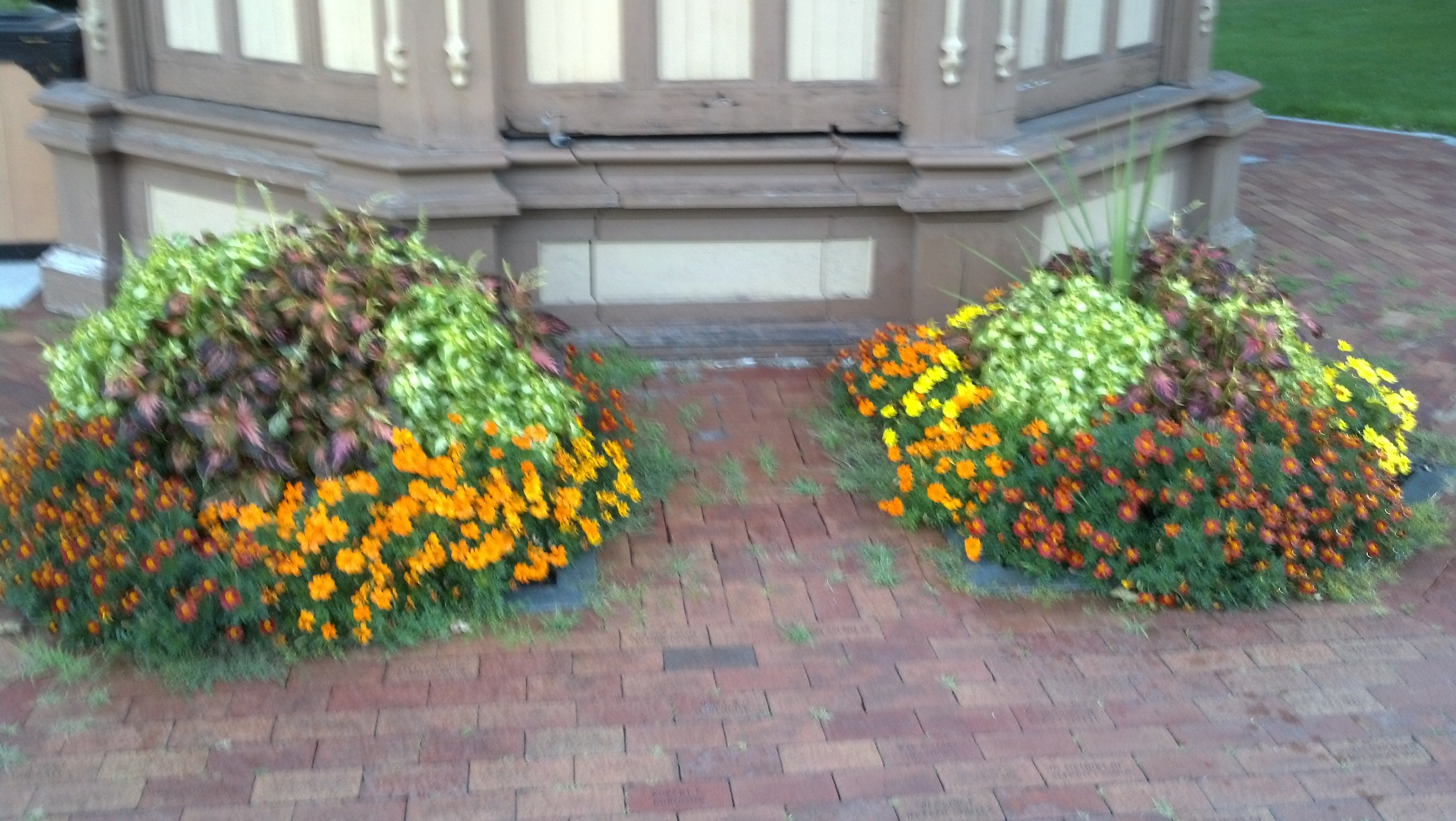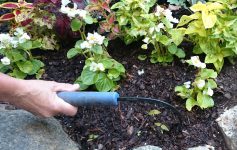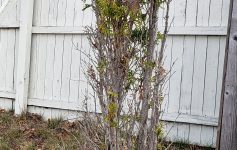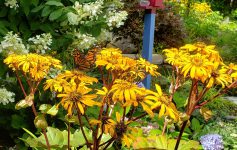 Once you have invested your time and resources installing new landscape material, what’s next? One of the quickest ways to lose your lovely new plant material is to adopt a “one and done” philisophy. New plantings do not automatically acclimate and flourish without some help. The first month care after planting is the most critical time to provide care. Plants are a living thing, so they need care and attention to grow, some, more so than others. Reading your plant tags right from the start can give you an idea what degree of attention the selection will require. So if you are planning on going on vacation…rethink your timing for installing new plant material. There is no such thing as maintenance free gardens. So here are a few tips to keep your new plants healthy.
Once you have invested your time and resources installing new landscape material, what’s next? One of the quickest ways to lose your lovely new plant material is to adopt a “one and done” philisophy. New plantings do not automatically acclimate and flourish without some help. The first month care after planting is the most critical time to provide care. Plants are a living thing, so they need care and attention to grow, some, more so than others. Reading your plant tags right from the start can give you an idea what degree of attention the selection will require. So if you are planning on going on vacation…rethink your timing for installing new plant material. There is no such thing as maintenance free gardens. So here are a few tips to keep your new plants healthy.
The environment in which you plant has much to do with how much you will be watering. Is your soil base clay, loam mix or sand. Clay will hold water and of course high sand will percolate the water quickly away from the roots. Look around. Do you have hardscapes such as black asphalt, cement or patio material that may generate more heat than a garden with periphery lawn surfaces? I also have my customers consider the close proximity to roads and traffic patterns. Traffic volume and car exhaust will also increase your temperature. All these factors will play a key role in determining the frequency and duration of your watering schedule.
For the most part, the horticulture industry recommends deep, thorough, infrequent watering to allow your plant to develop roots and greater tolerance to dry spells. But I always recommend one inch of water/week for new plants.The manner in which you water makes a difference. Are you getting the water into the root ball or just running a shower spray on the hose to moisten leaves and surface? A 20-30 minute hose trickle or soaker hose for shrubs and trees and 10 minutes for perennials will help your plants establish. And water early in the day, especially in the warmer weather to prevent immediate evaporation.
And yes you can overwater too! And the physcial symptoms can appear the same as underwatering…how confusing! The best way to determine over watering is to check the root ball for moisture. This will give you a clue how to proceed. If we get a good soaking rain…that counts…so don’t head for the hose! this week we have certainly had our share of rain, so no need to water during these cycles, mother nature is doing it for you.
As outlined in last week’s blog, always top dress your plant roots with organic mulch to protect the roots and retain moisture during the heat of summer. And ALWAYS WEED! Weeds do compete with your new plant for water and other nutrients. Fact is their root systems are more superficial, so they will suck up the water first! So get rid of those weeds in your garden bed!
Sometimes after planting you will notice that the plant starts to burn, dry out or loses leaves. This is generally a temporary condition we refer to as plant stress. It is often a natural occurrence due to change in environment, wind, and heat. It will generally correct itself in 2 weeks if watered consistently.
Just a note on annuals, they don’t have the resilience of perennials, so daily watering during our high temperature days is a necessity. Container planting with their porous potting soil, can dry out in no time. so make sure you give them the attention they need to grow and flourish.



